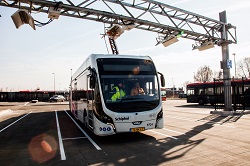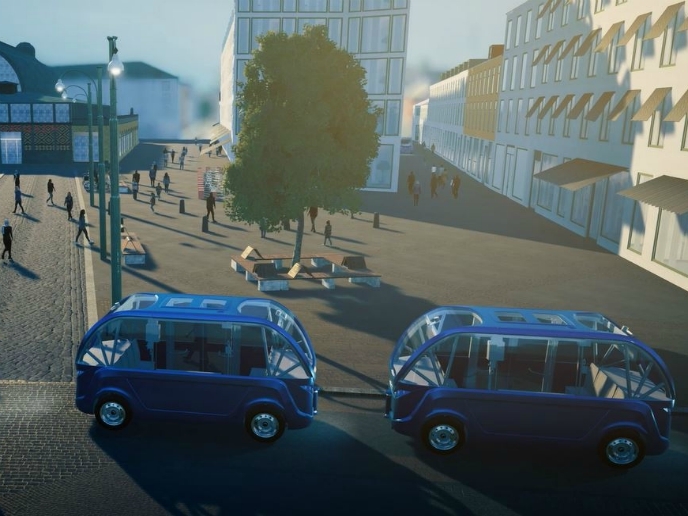New fast-charge system makes e-buses a more appealing solution than ever
You may not have heard of Heliox yet, but if you are a European citizen or live in Chile, Japan, Singapore, India or New Zealand and commonly use public transport, chances are that you have already hopped in an electric bus powered by their cutting-edge charging solutions. Furthermore, they are just getting started: the company’s new fast-charging system can power an electric bus in just two to five minutes. The technological leap is substantial: currently, e-buses require overnight cell balancing and charging and can only be operational for so many hours a day. A Heliox fast charger, on the other hand, includes a fully automated contacting and fast charging system that enables ‘opportunity charges’ during operation. With the recent commercialisation of batteries that do not need explicit overnight cell balancing, this means that a 24/7 e-bus service is now within reach. “When you charge an electric bus slowly overnight, not only is it not operational, but the range it can cover in operation is limited by the size of the battery pack. As soon as the battery pack is empty, a new time-consuming charging cycle needs to be completed,” says Mark Smidt, Director of Business Development at Heliox. “If we add this problem to the fact that the battery pack is by far the most expensive component in the bus, that it is considerably heavy and requires space that should rather be used for transporting passengers, these are blocking issues reventing a large scale commercial success.” To really become attractive, electric buses should therefore have an equal, if not lower, total cost of ownership (TCO) vis-à-vis that of their diesel counterparts, as well as carry at least as many passengers without compromising on comfort. This is the mission Heliox set for itself when it kick-started the CONCEPT (CONductive fast Charge system for Electric buses in Public Transport) project in August 2016. The vision behind the company’s technology is that faster charge will ultimately enable a substantial reduction in the onboard battery pack capacity, therefore decreasing bus weight, saving cost, and increasing available space and operational uptime. The system can be connected to both LV (Low Voltage) and MV (Medium Voltage) electricity grids, and also comes with an optimised cooling scheme to increase lifetime and lower TCO. “Customer feedback has been very positive so far. We have a lot of interest from not only bus original equipment manufacturers (OEMs), but also public transport operators all over the world,” Smidt says. Now at the end of its second phase, Heliox’ support under Horizon 2020’s SME Instrument has notably enabled the realisation and demonstration of a certified, cost-effective and proven system that has managed to convince stakeholders of its operational excellence. “We still have two pilots running that have been serving basically two goals: the first is to bring the system performance to the maturity and robustness required in the public transport market; the second is to demonstrate and prove the performance of the system to relevant stakeholders in the market,” Smidt explains. Market rollout has already begun, and Heliox expects a strong market response in 2019. The company is also looking into regional expansion, not only in Europe, but also in the US with deliveries starting in Q2 2019. https://www.heliox-energy.com/(opens in new window)







